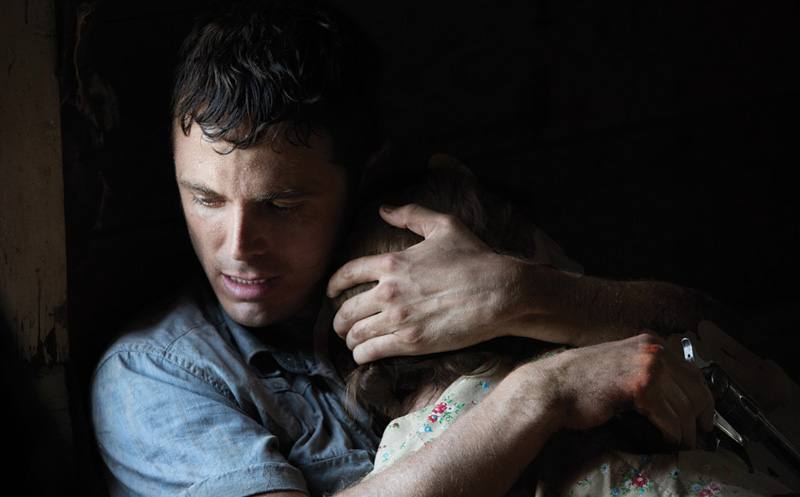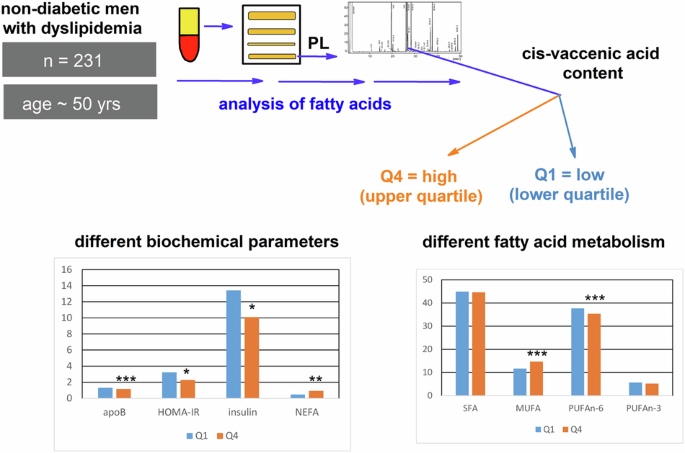
- Select a language for the TTS:
- UK English Female
- UK English Male
- US English Female
- US English Male
- Australian Female
- Australian Male
- Language selected: (auto detect) - EN
Play all audios:
After watching _Ain’t Them Bodies Saints_, it’s hard not to conclude once and for all that the wrong Affleck brother is the international superstar. Big brother Ben may be a fine director
with a handsome face, but in a just world it would be Casey with the marquee name. Casey’s awkward introversion has always been the soulful indie foil to Ben’s bigger, broader, blander movie
star charisma. Gus Van Sant (_To Die For_), Andrew Dominik (_The Assassination of Jesse James_ _by the Coward Robert Ford_), and Ben himself (_Gone Baby Gone_) may have gotten to Casey
first, but _Bodies_ writer/director David Lowery uses him best, scrubbing the cocky Massachusetts kid to reveal the hardscrabble, plainspoken, vaguely sociopathic Texan beneath the surface.
Affleck plays Bob Muldoon, a poor but charming rural Texas criminal who gets sent to prison on armed robbery charges not long after finding out that his wife, Ruth (played by Rooney Mara,
_The Girl With the Dragon Tattoo_), is pregnant. Ruth was there when Bob got pinched—he took the fall for her after she shot a cop in the arm—so she spends the next five years in a sort of
regret-fueled suspended animation: raising their daughter, fending off the affections of a sketchy former caretaker (Keith Carradine) and the cop she shot (Ben Foster), and waiting for Bob
to return from his 25-year sentence. Bob, meanwhile, writes evocative, ardent, philosophical letters from prison. It must be something about the way a Texas twang caresses metaphysical
voice-overs that makes the state such fertile ground for meditative filmmakers. From its gorgeous opening shot of an East Texas tree line to its heartbreaking close inside a small cottage
home, _Ain’t Them Bodies Saints _glows with crepuscular sadness, a magic-hour nostalgia that both longs for and mourns the past. Whatever director or cinematographer first figured out that
dusk is the best time for capturing melancholy did the art of film a world of good. What convenient emotional shorthand: Shoot a scene as the sun is setting and guarantee a sense of longing.
Lowery recognizes this, and he also recognizes that in a movie like his, in which dialogue is sparse, motives are murky, and backstory is merely implied, meditative visuals are the best way
to communicate all that his characters won’t or can’t. Because _Ain’t Them Bodies Saints_ is all about unspoken regret and disappointment. We don’t know how Bob and Ruth came to meet or
fall in love, but we know it wasn’t under ideal circumstances. We don’t know exactly why Bob’s former mentor has turned against him and toward Ruth, but we know the pain runs deep. And
though we understand that the choices Bob and Ruth made—to commit a crime, to have a baby, to escape from prison—led them to their lonely place in the world, we can only guess at the guilt
they feel, or their resignation in the face of cosmic forces they neither understand nor can do anything about. All of that heaviness, all of that history, has to be communicated visually
and aurally, in the abstract, and Lowery is a master painter. In the end, though, I couldn’t shake the feeling that behind the film’s beauty, beneath its undeniable emotional force, there
isn’t much else to _Ain’t Them Bodies Saints_. It captures the pain of regret and loss, but doesn’t say anything new about it. It just observes, anthropological rather than exploratory. When
the end credits started rolling, I didn’t feel like I knew anything more about these characters than I did when the movie began. They’re just walking metaphors for life in a harsh and
uncaring world. The performances are beautiful. With her drawn, angular face and quiet defiance, Mara seems to embody the soul of every woman John Steinbeck ever wrote about; Affleck slowly
reveals the darkness lingering just behind Bob’s eyes; and as a devoted fan of _Deadwood_, I could listen to Keith Carradine say nothing but the word “Montana” for 90 minutes and be happy.
Like Bob Muldoon, _Ain’t Them Bodies Saints_ possesses all the outward indicators of having a soul, but inside it feels empty and cold to the touch. To support journalism like this, donate
to the _Texas Observer_.










